The winner of the November giveaway has been contacted. (The prize is “Sunset Blvd.”)
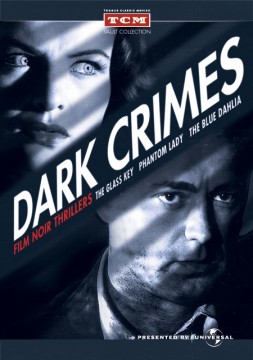 The December giveaway is terrific three-disc DVD collection from Turner Classic Movies (TCM) and Universal Studios Home Entertainment (USHE). Dark Crimes: Film Noir Thrillers highlights the work of legendary mystery writers Dashiell Hammett, Cornell Woolrich and Raymond Chandler.
The December giveaway is terrific three-disc DVD collection from Turner Classic Movies (TCM) and Universal Studios Home Entertainment (USHE). Dark Crimes: Film Noir Thrillers highlights the work of legendary mystery writers Dashiell Hammett, Cornell Woolrich and Raymond Chandler.
The set includes:
“The Glass Key” (1942, Stuart Heisler) – Brian Donlevy, Alan Ladd and Veronica Lake star in this stylish remake of the 1935 film based on Hammett’s novel.
“Phantom Lady” (1944, Robert Siodmak) – A man arrested for murdering his wife is unable to produce his only alibi – a mysterious woman he met in a bar – in this adaptation of a Woolrich novel. Now his secretary must go undercover to locate her. Ella Raines, Franchot Tone, Thomas Gomez, Alan Curtis and Elisha Cook Jr. star.
“The Blue Dahlia” (1946, George Marshall) – A WWII veteran who has been accused of killing his unfaithful wife races against time to find the real murderer with the help of a sympathetic stranger. Alan Ladd, Veronica Lake, William Bendix, Howard da Silva and Hugh Beaumont star. Chandler’s original screenplay earned an Oscar nomination.
Dark Crimes: Film Noir Thrillers, a great gift idea, is also available from TCM’s online store.
To enter this month’s giveaway, just leave a comment on any FNB post from Dec. 1-31. We welcome comments, but please remember that, for the purposes of the giveaway, there is one entry per person, not per comment.
The December winner will be randomly selected at the end of the month and announced in early January. Include your email address in your comment so that I can notify you if you win. Also be sure to check your email – if I don’t hear from you after three attempts, I will choose another winner. Your email will not be shared. Good luck!





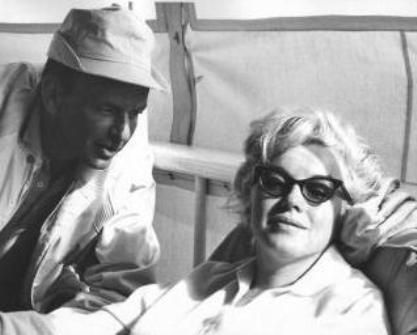
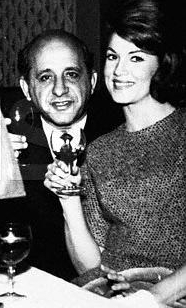
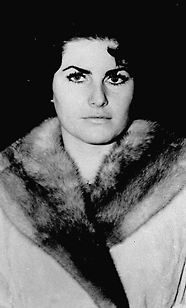
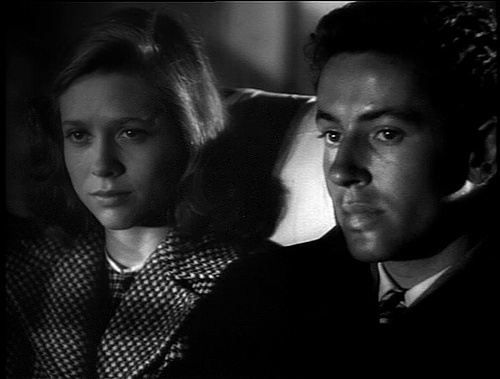
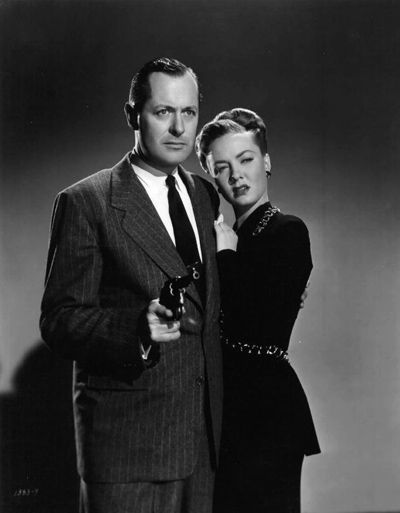
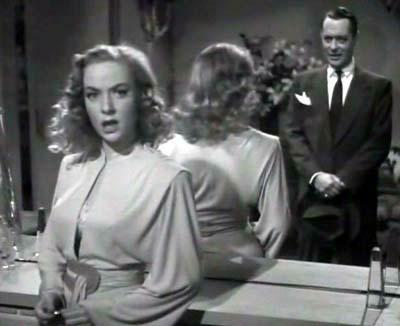
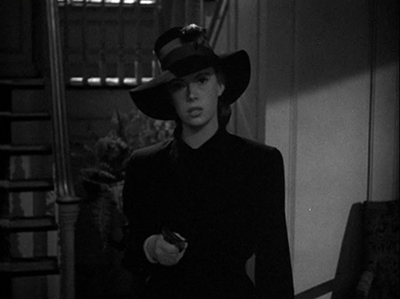
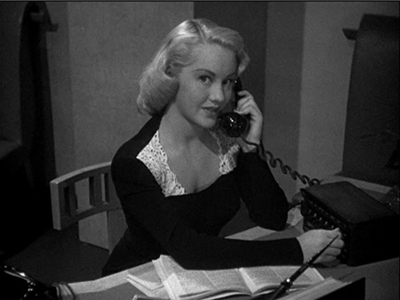

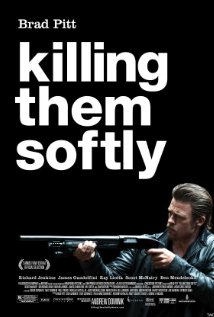




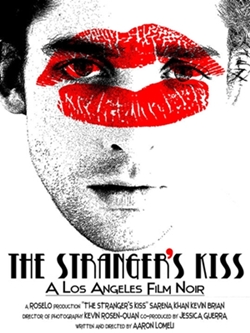
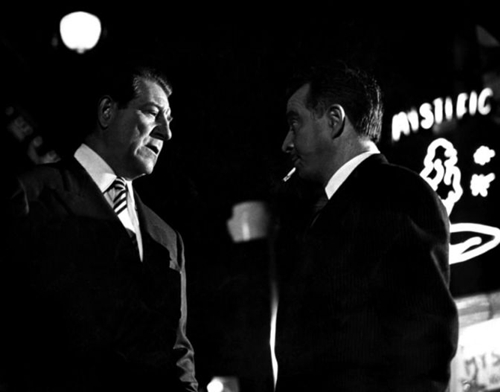
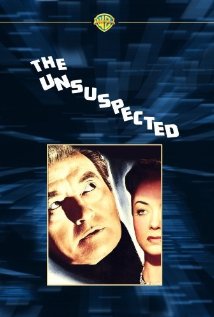





From FNB readers